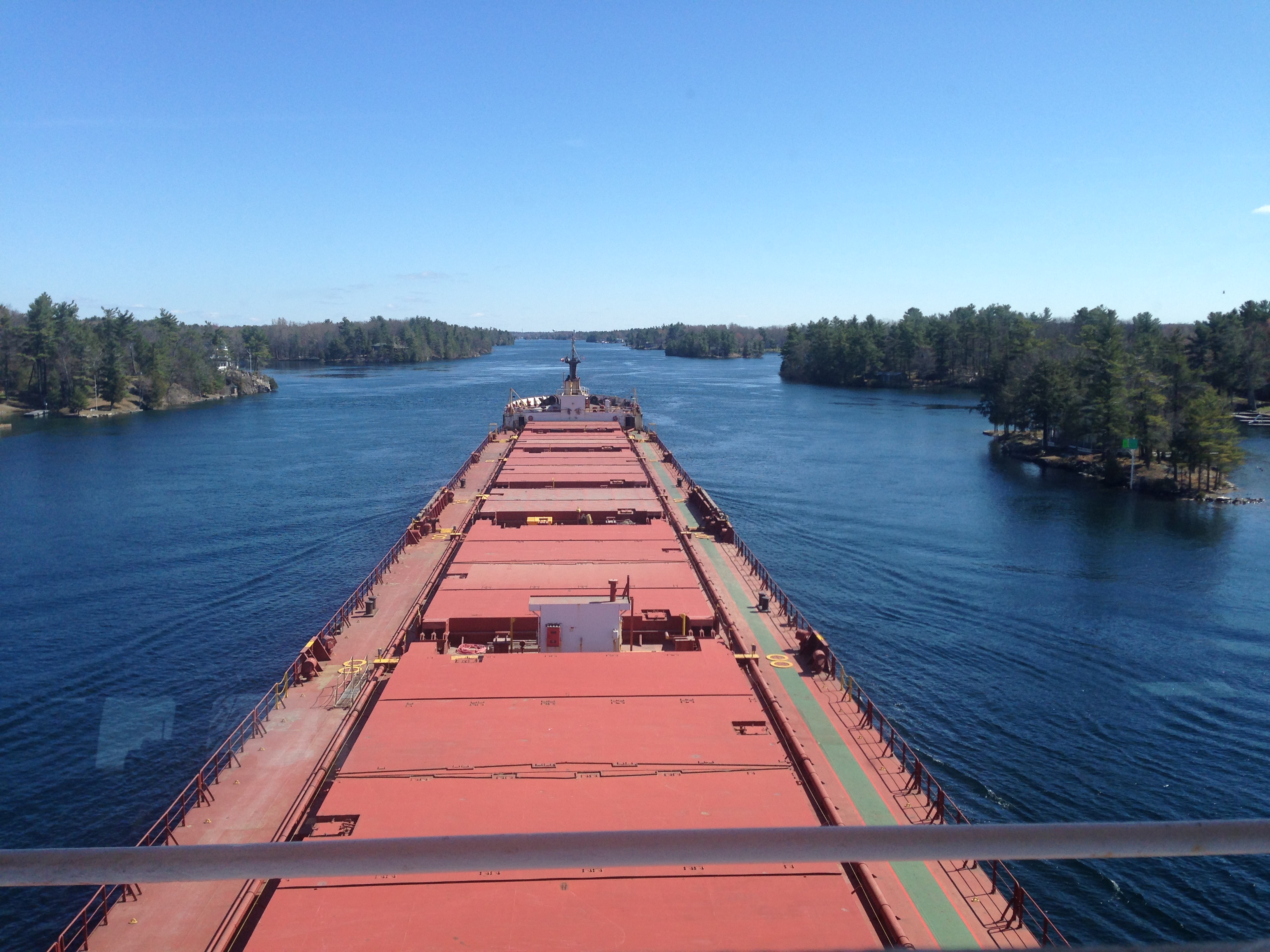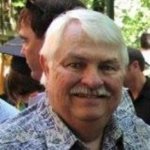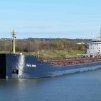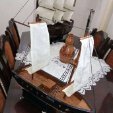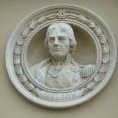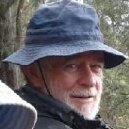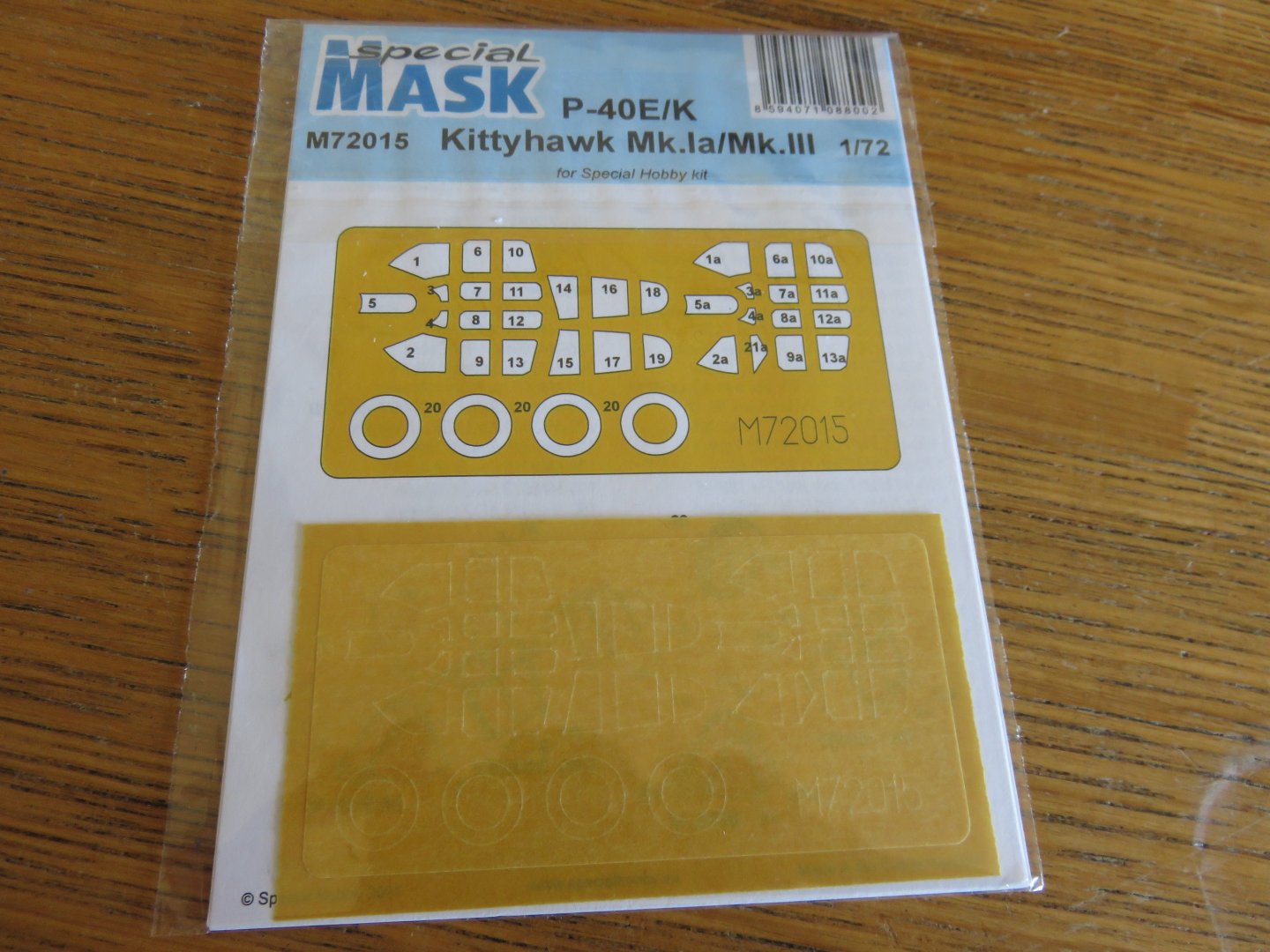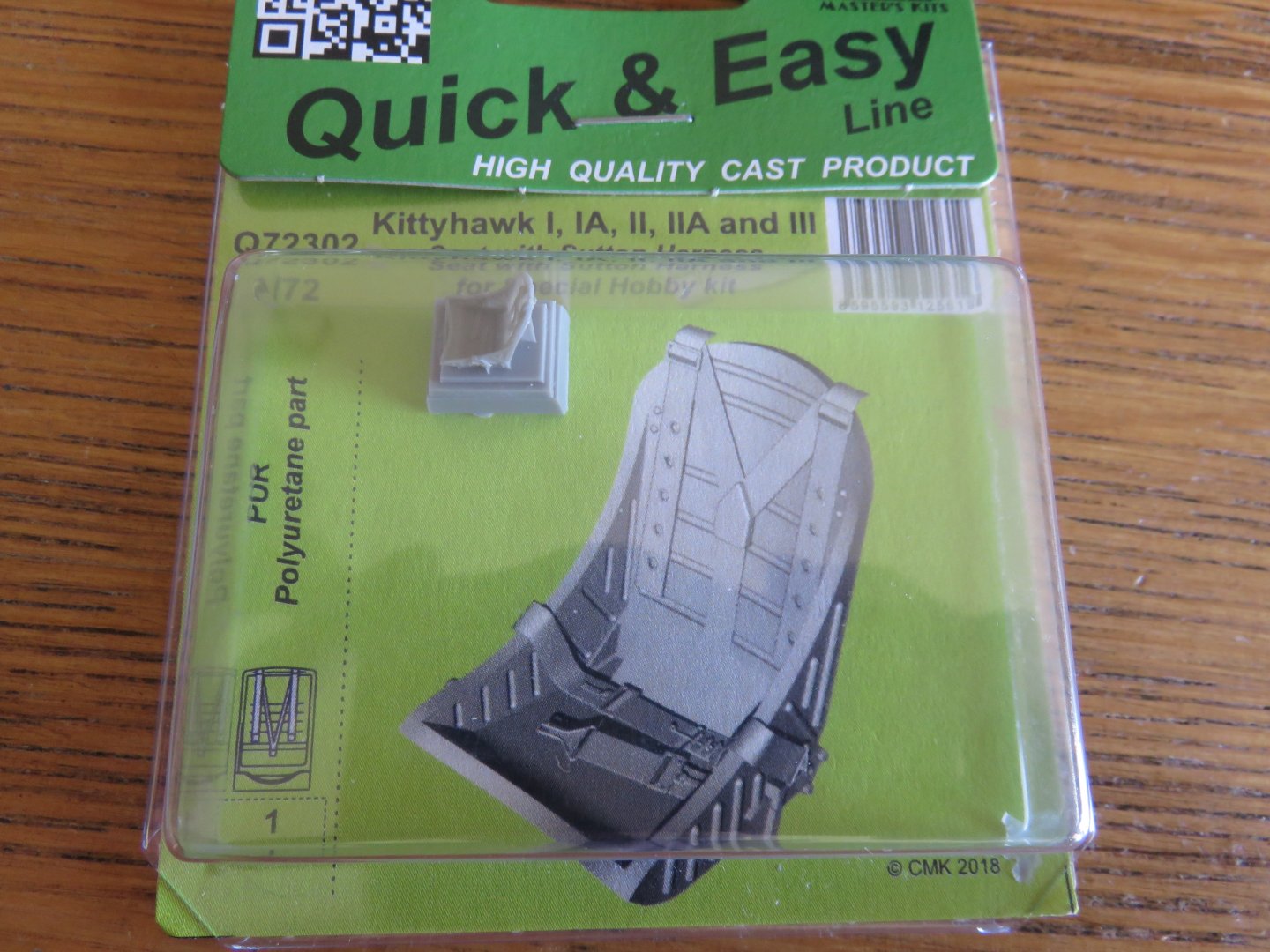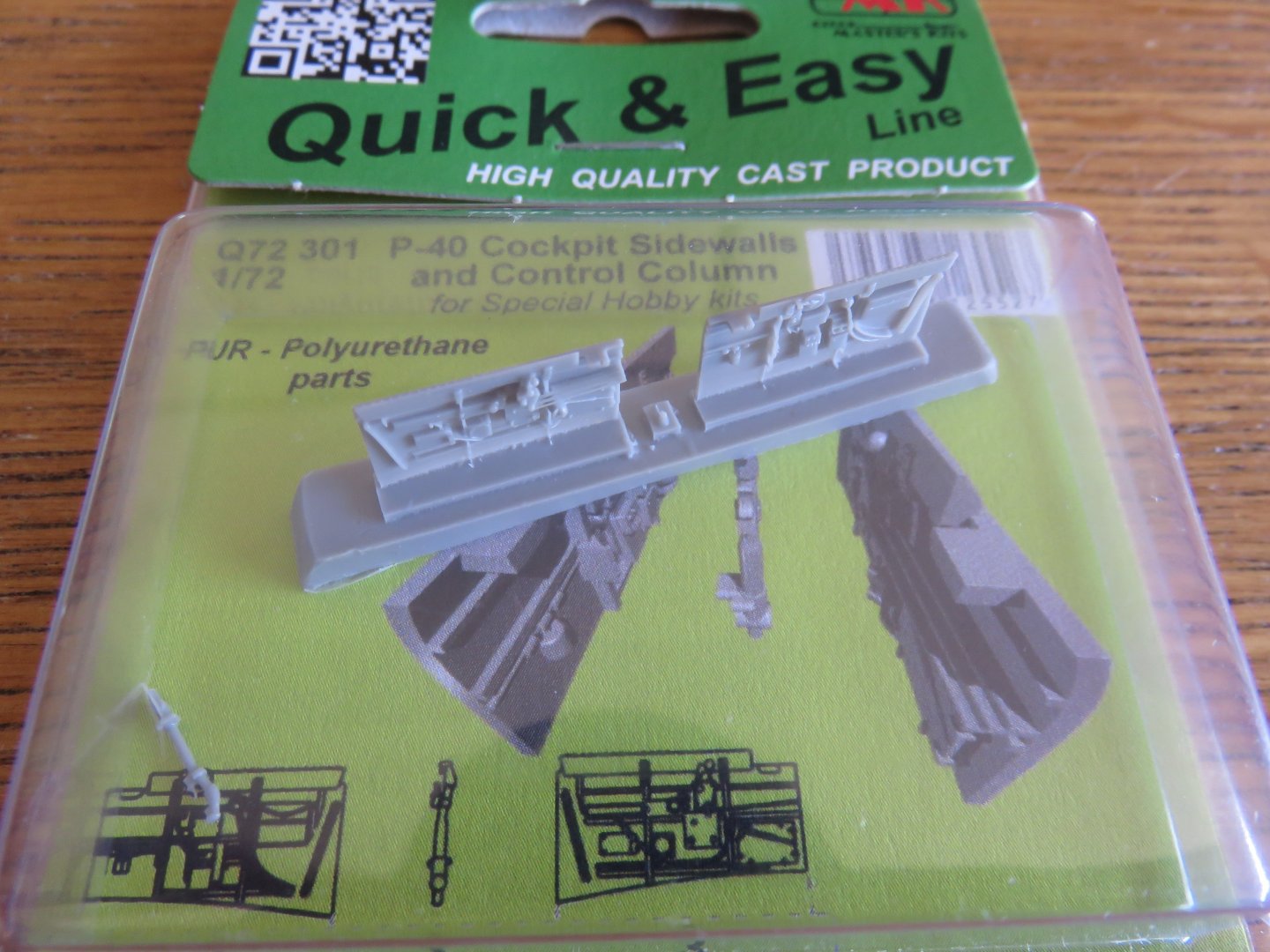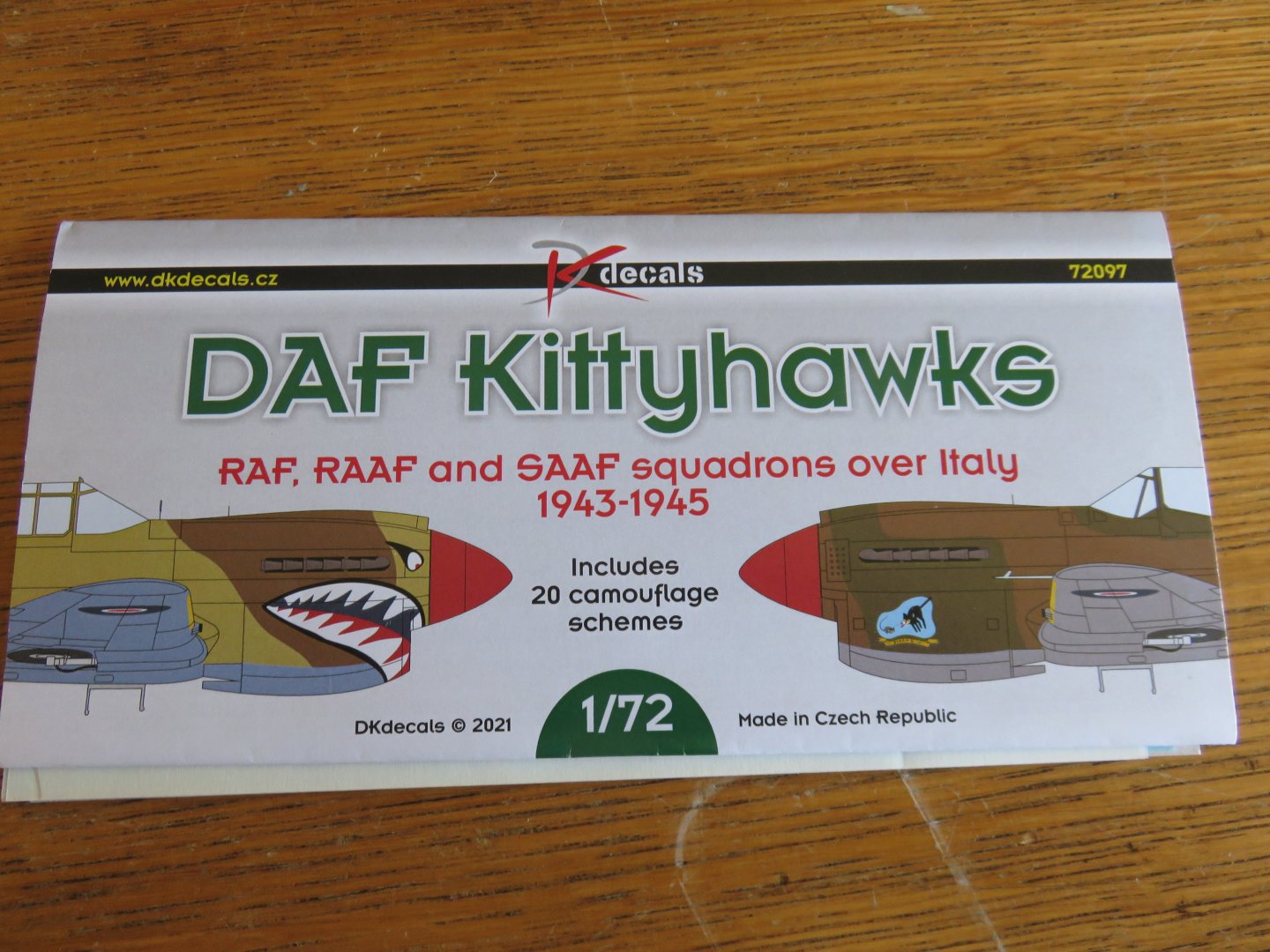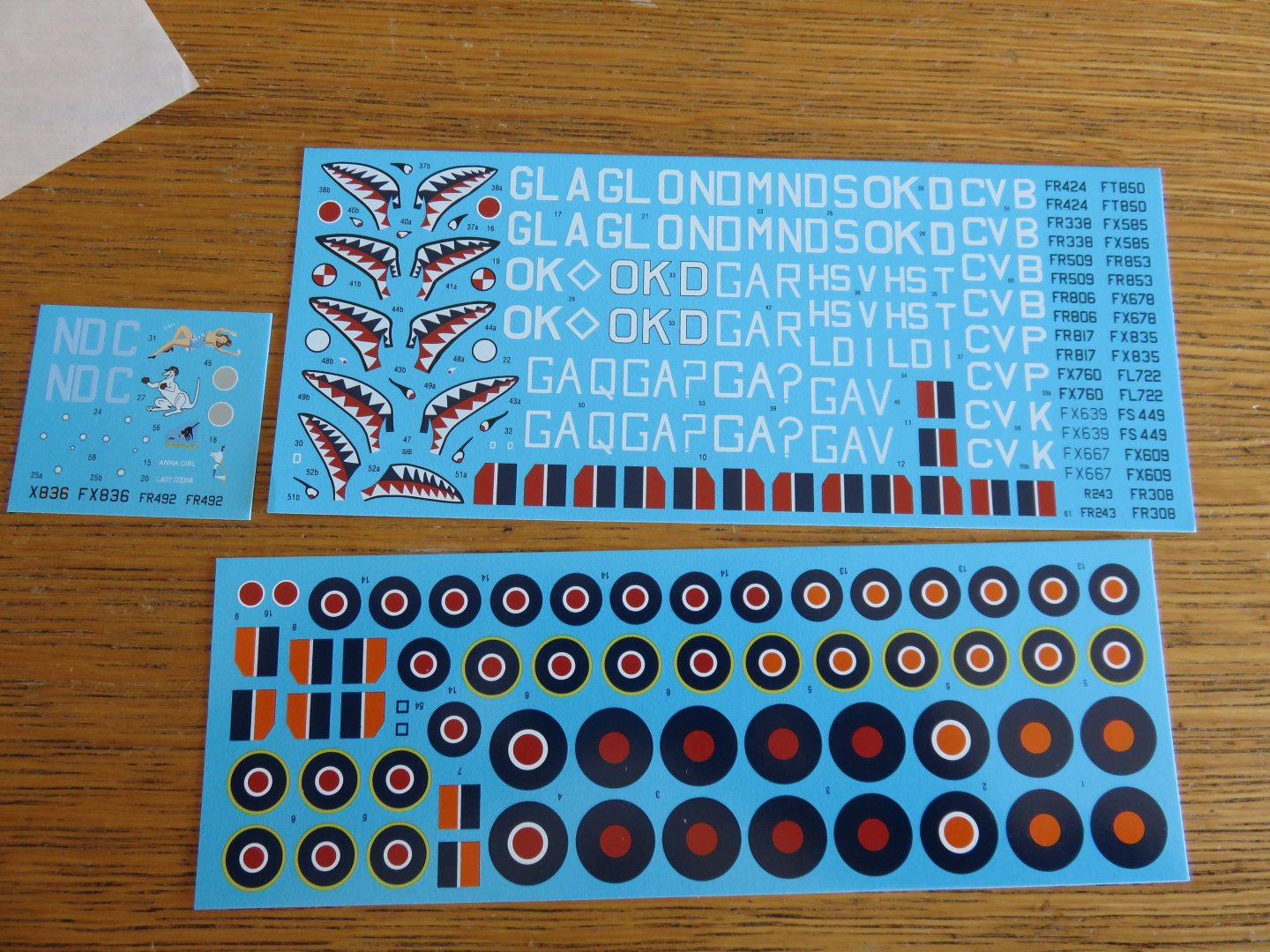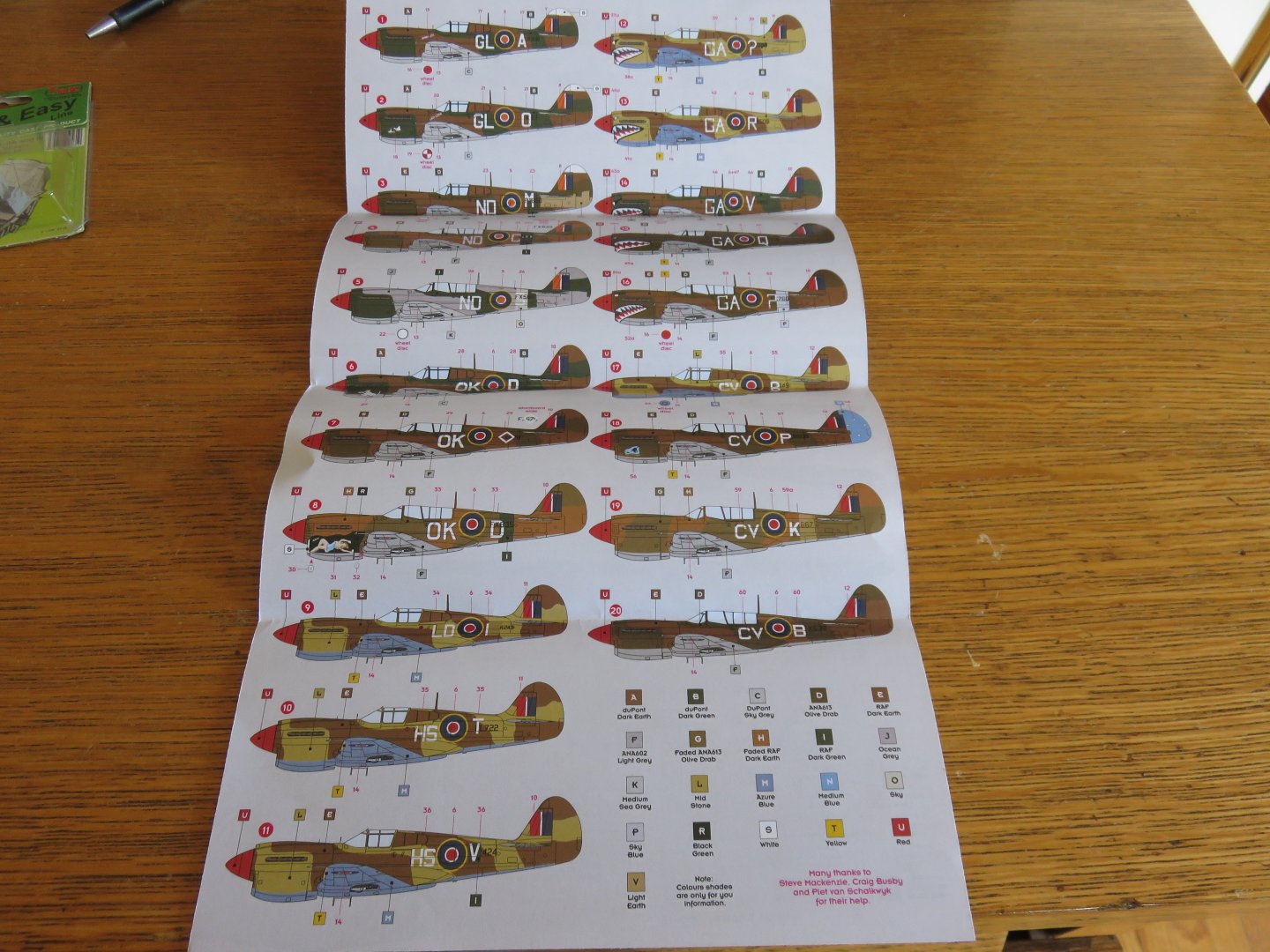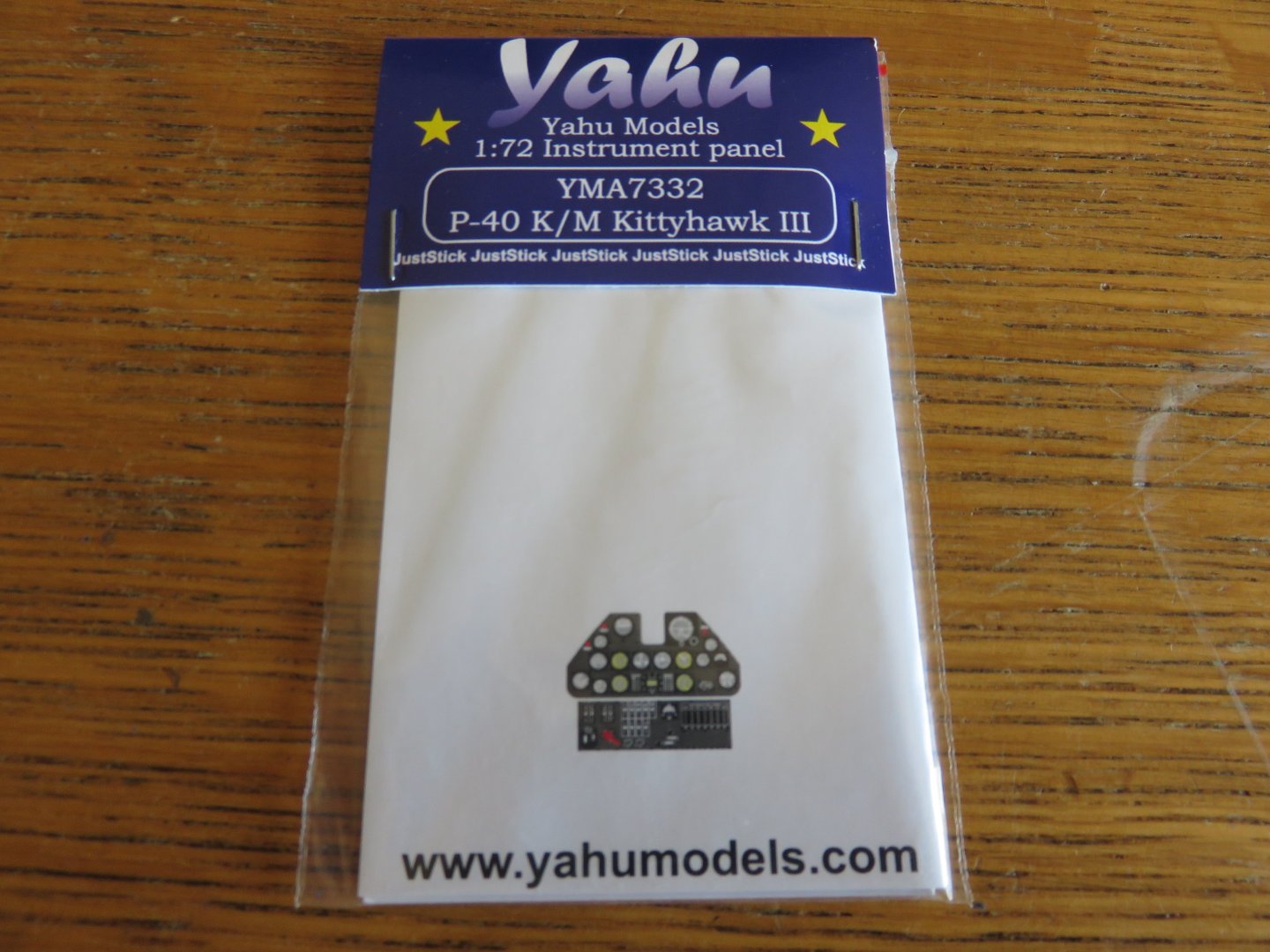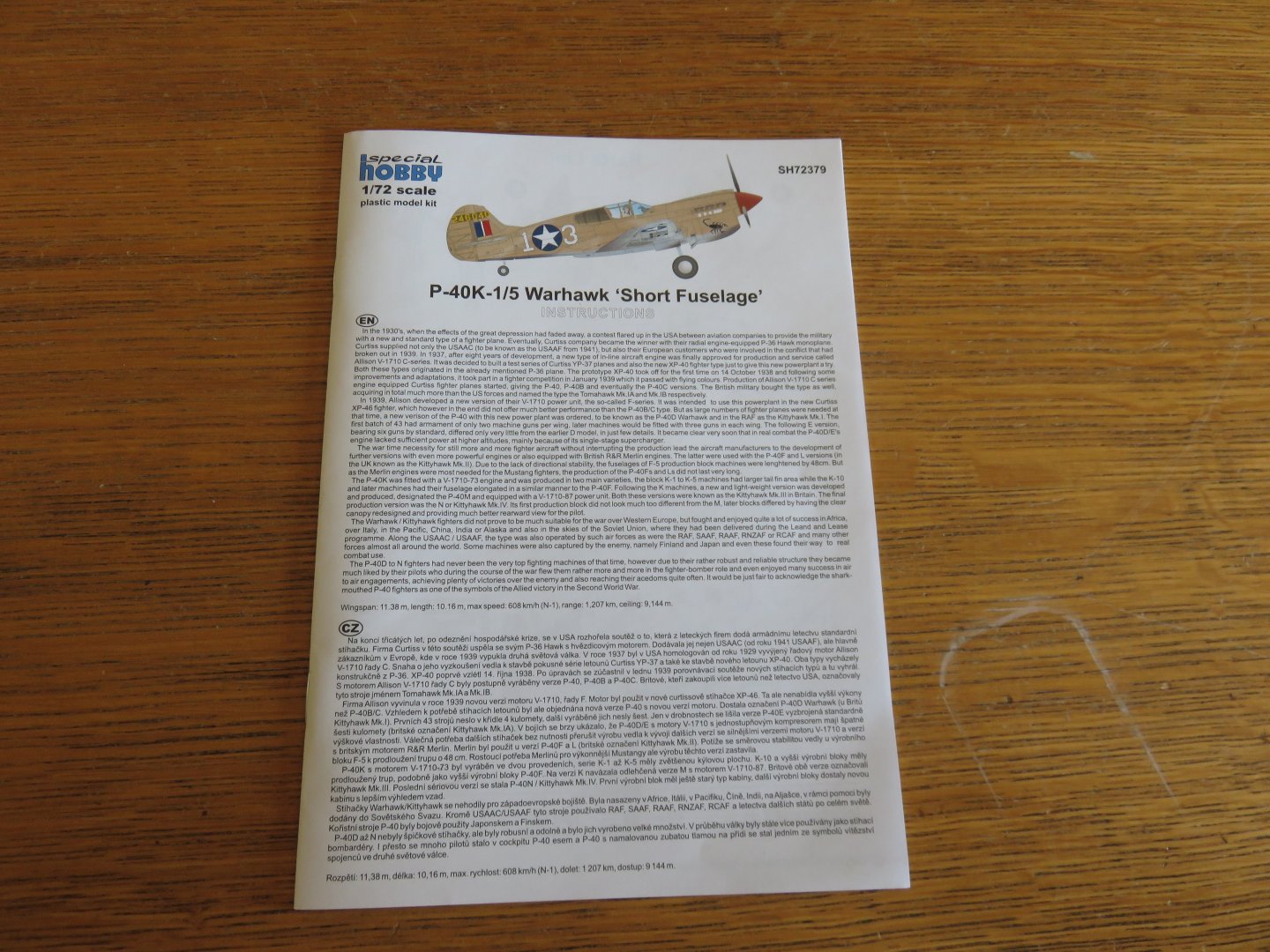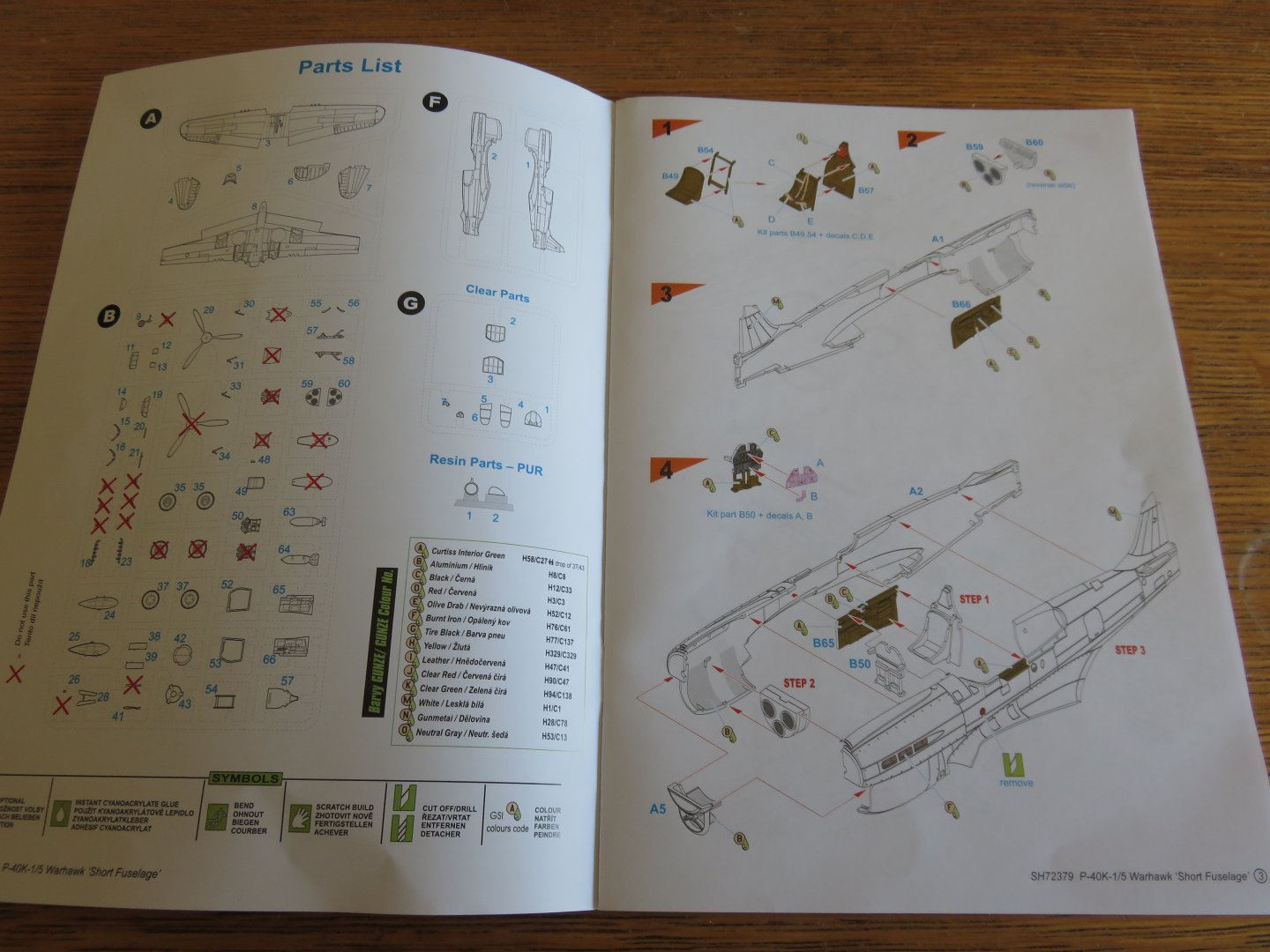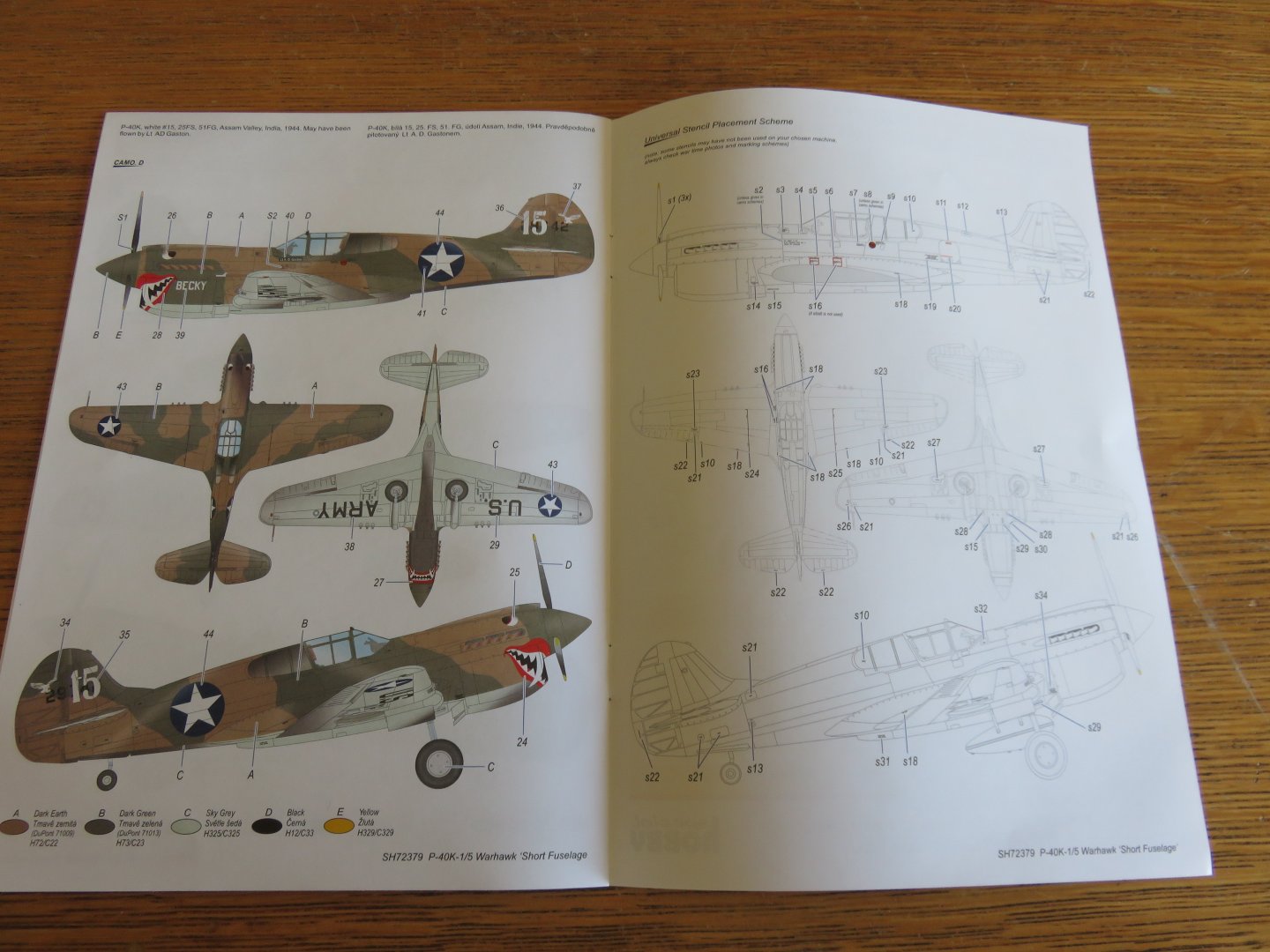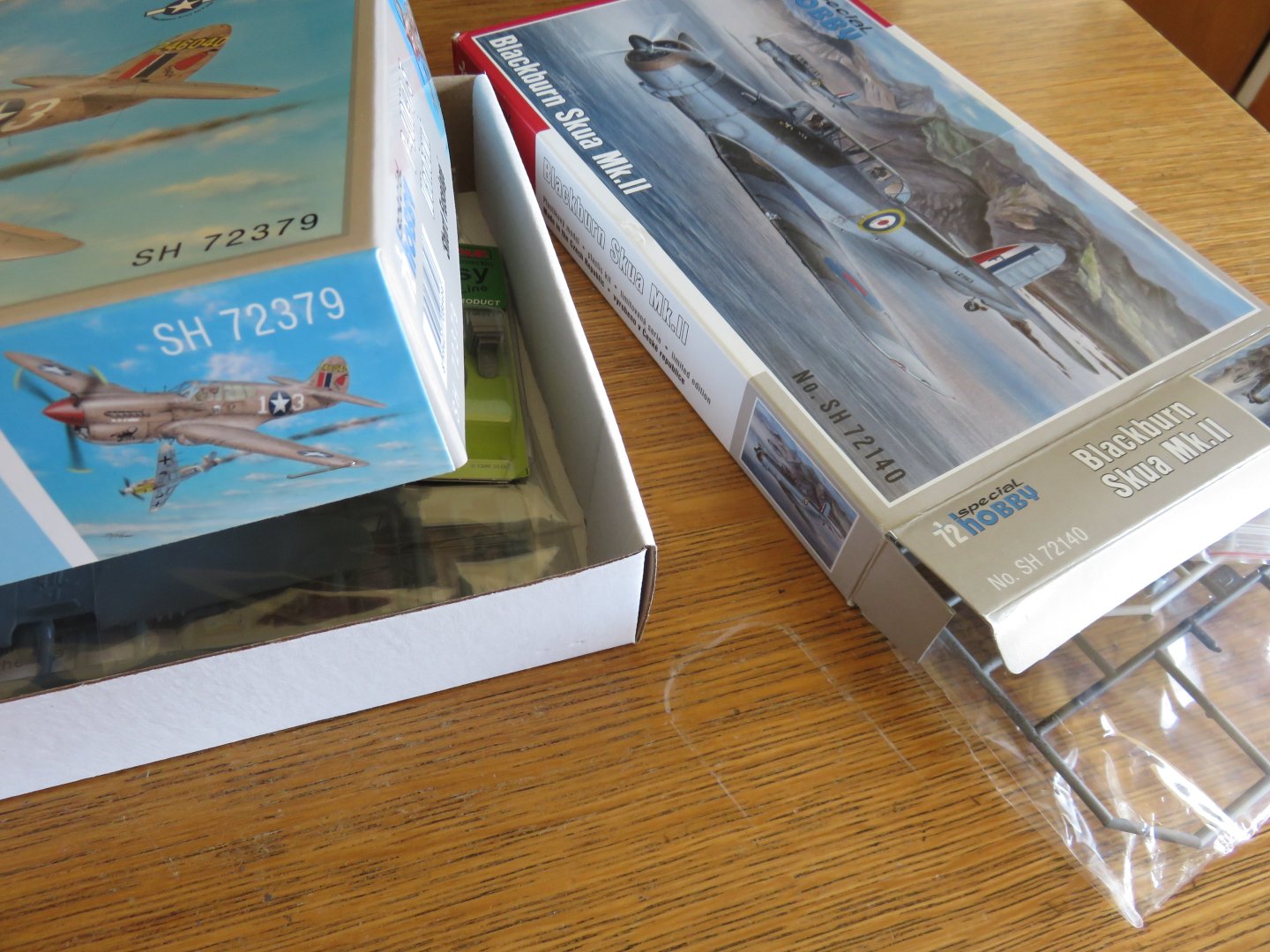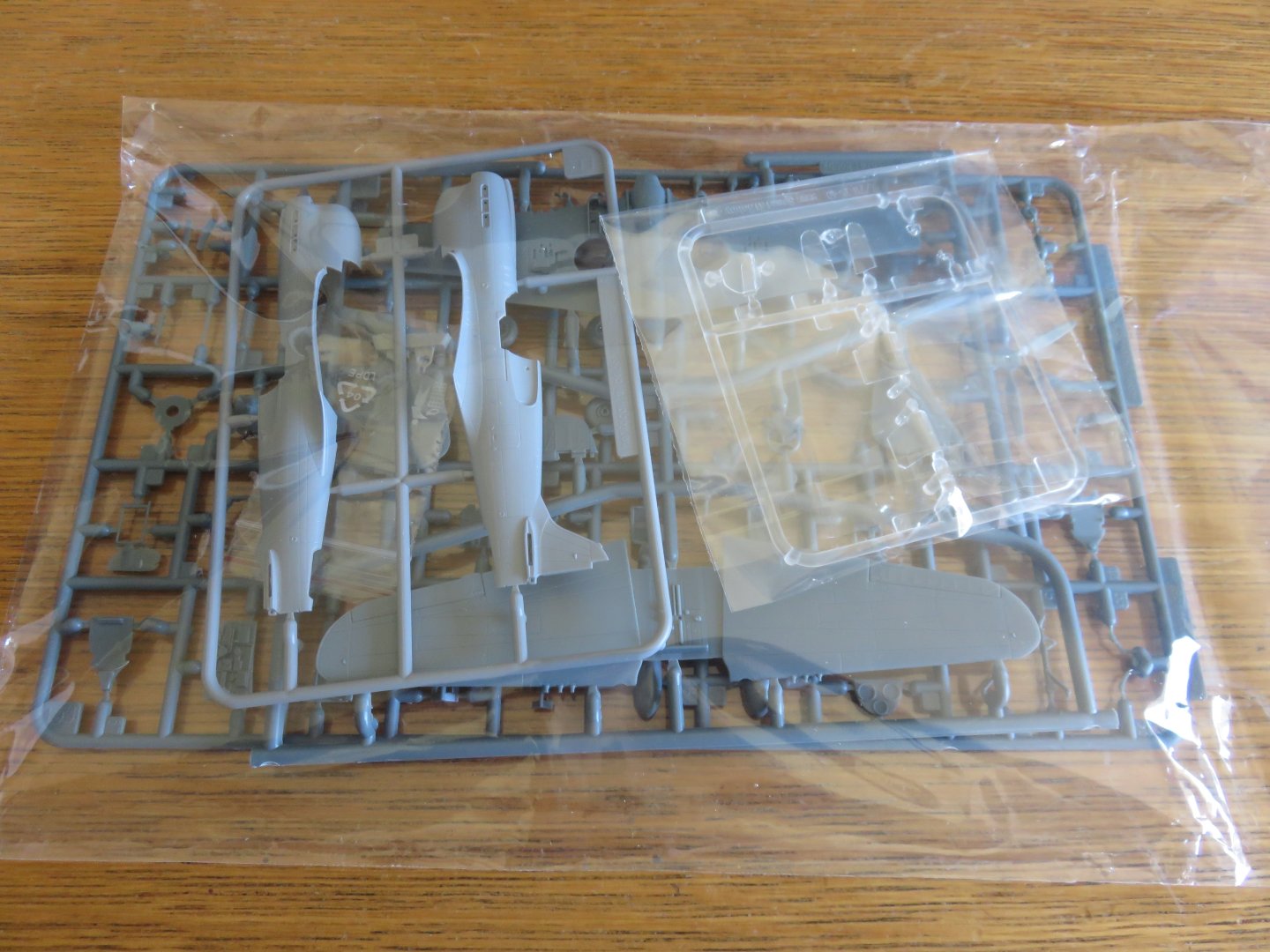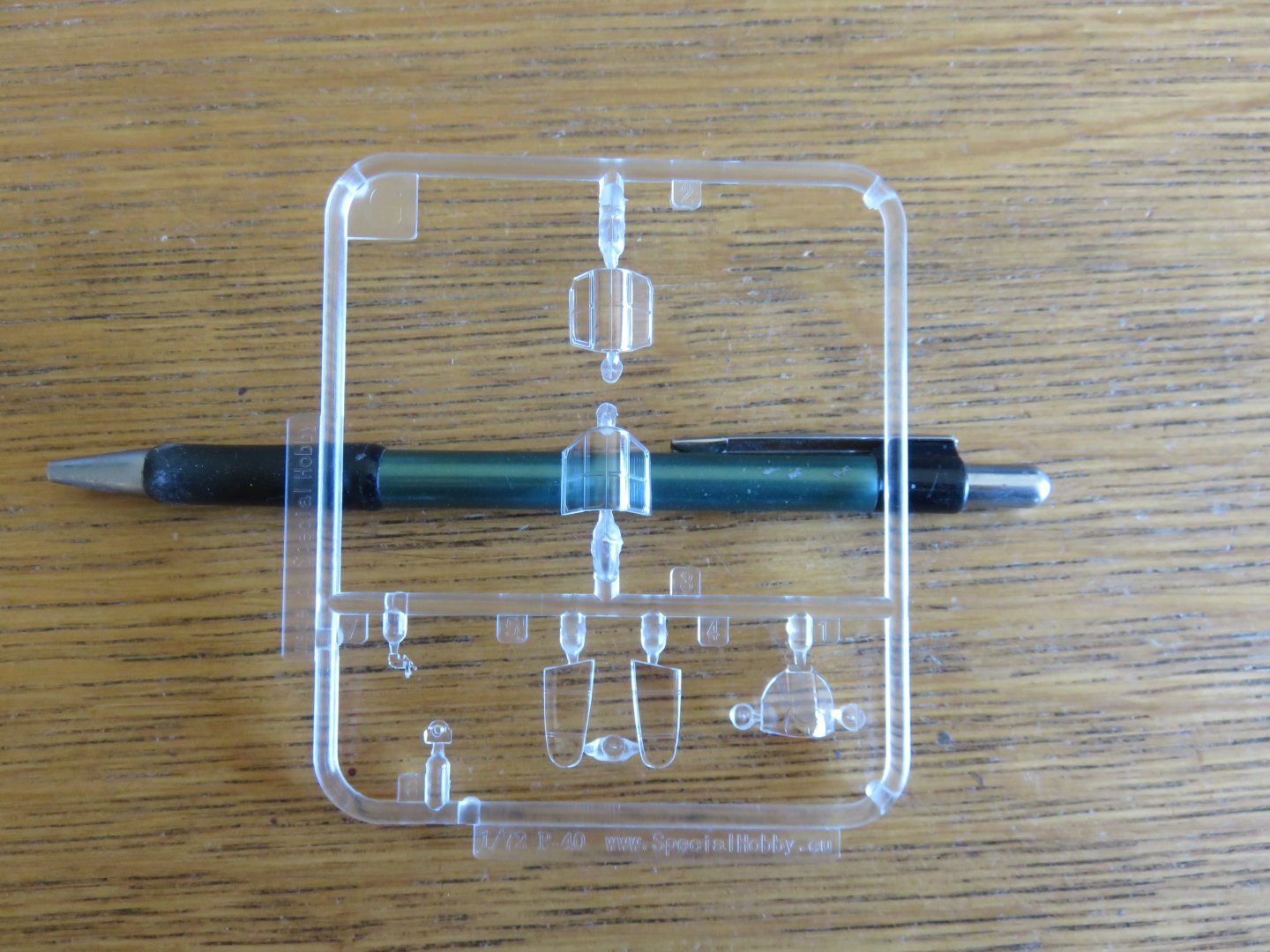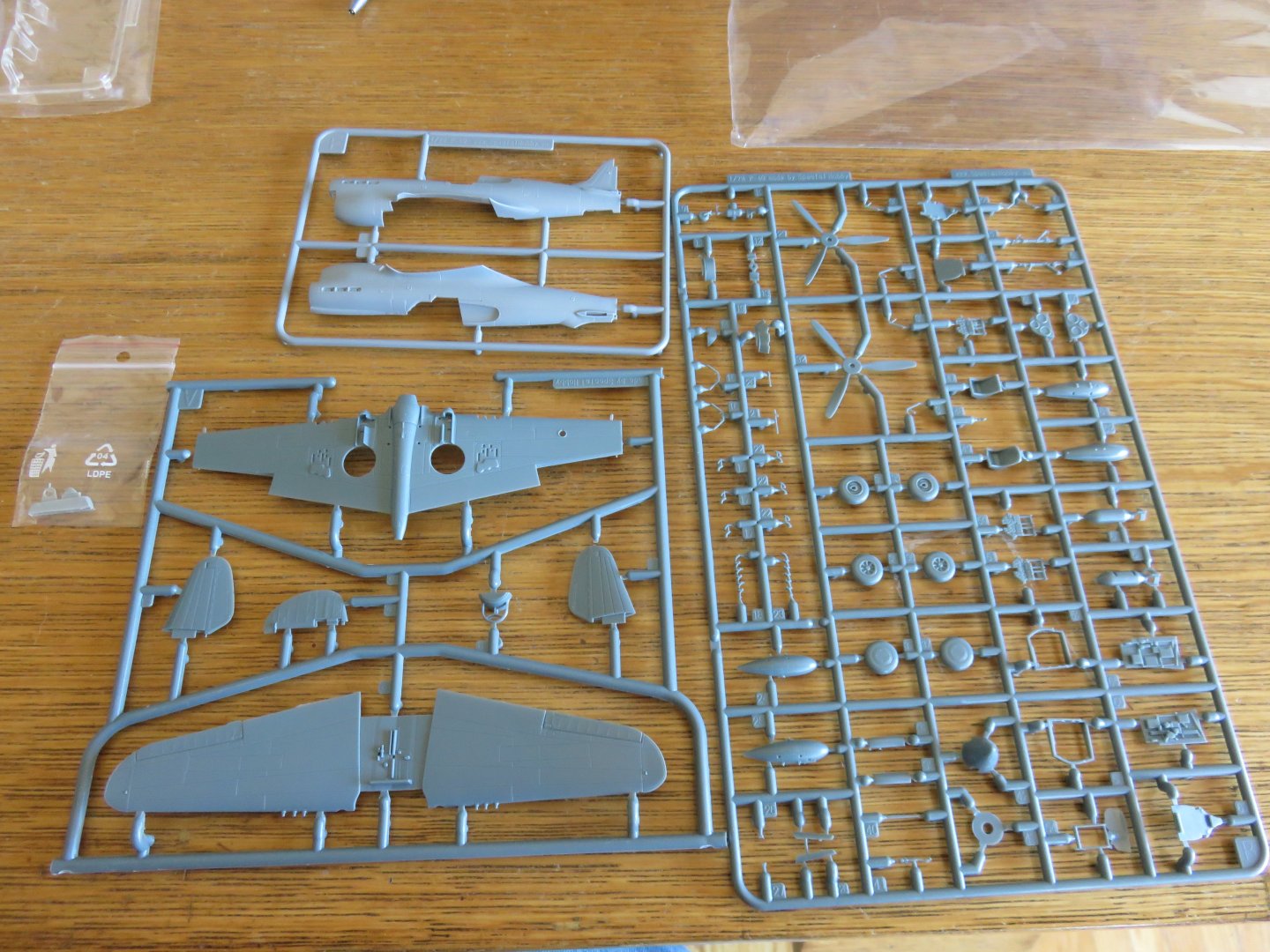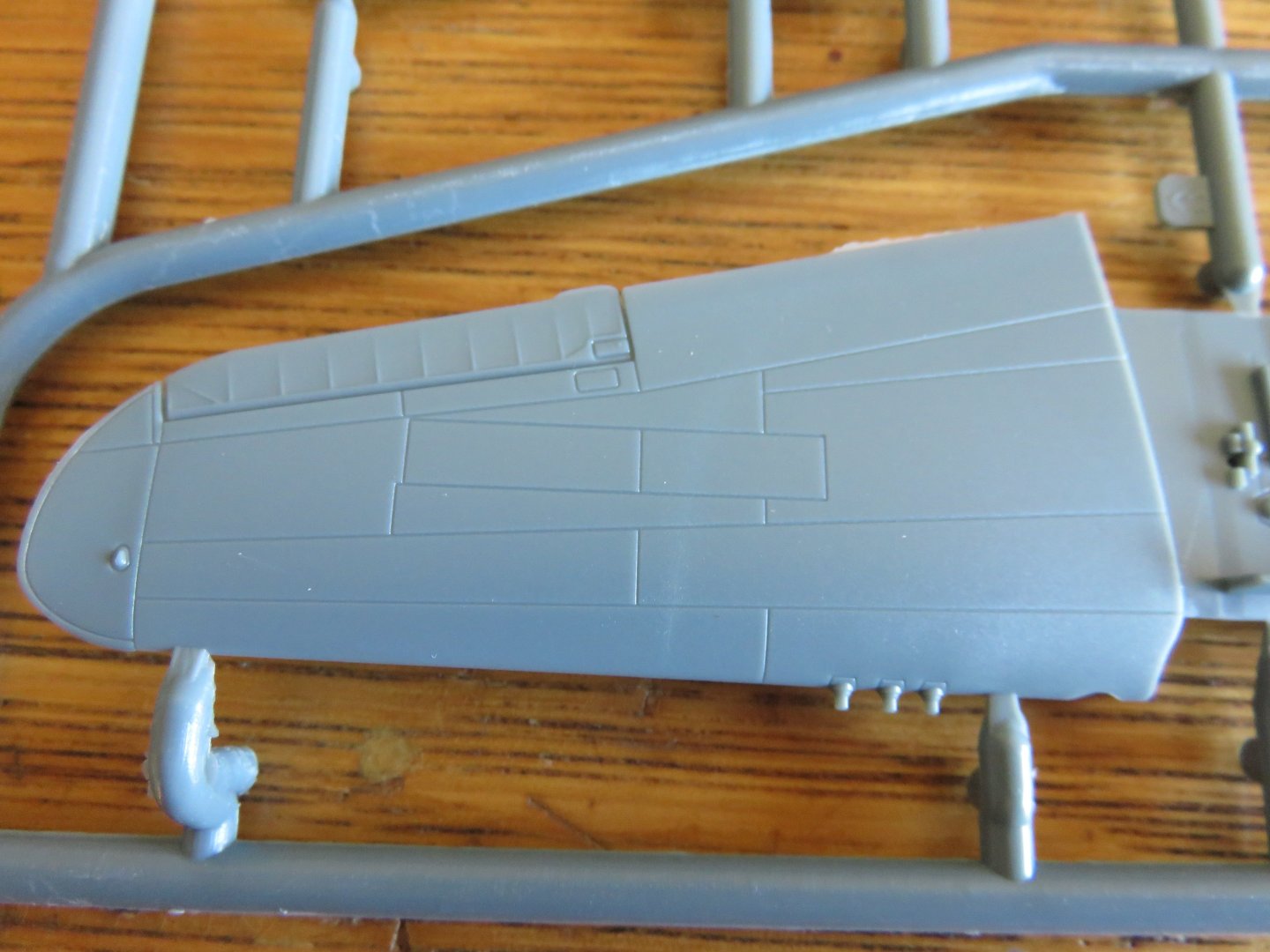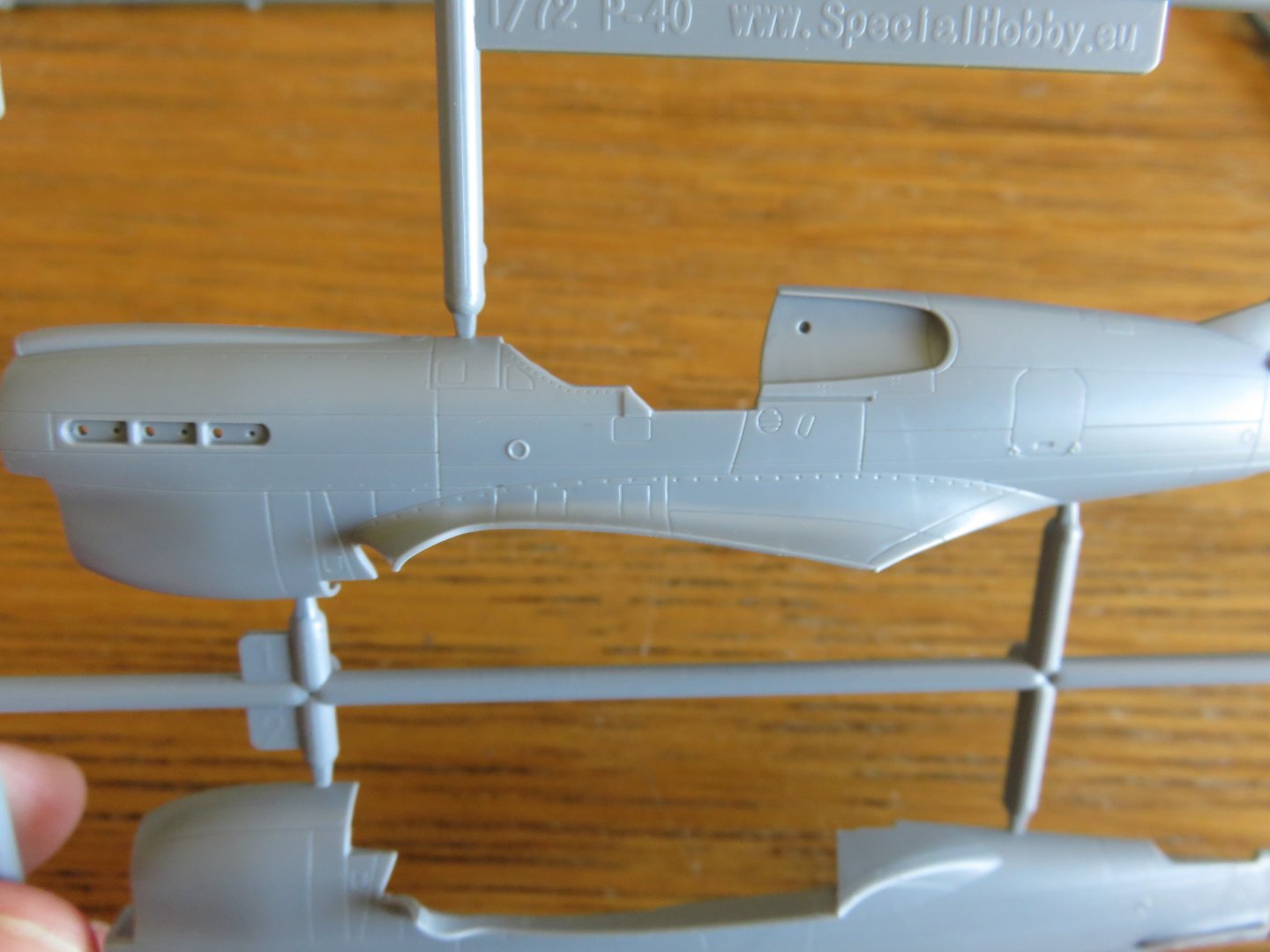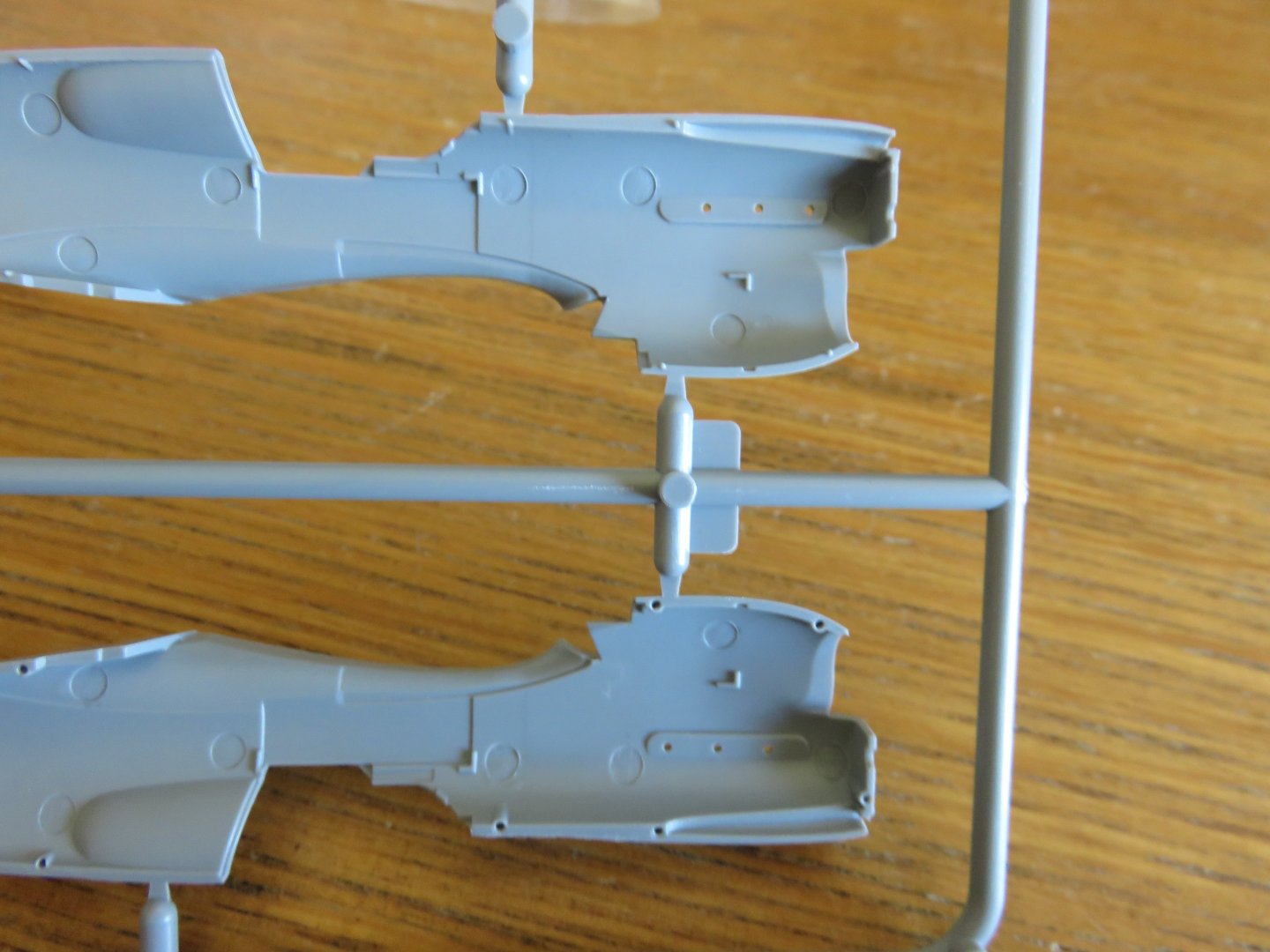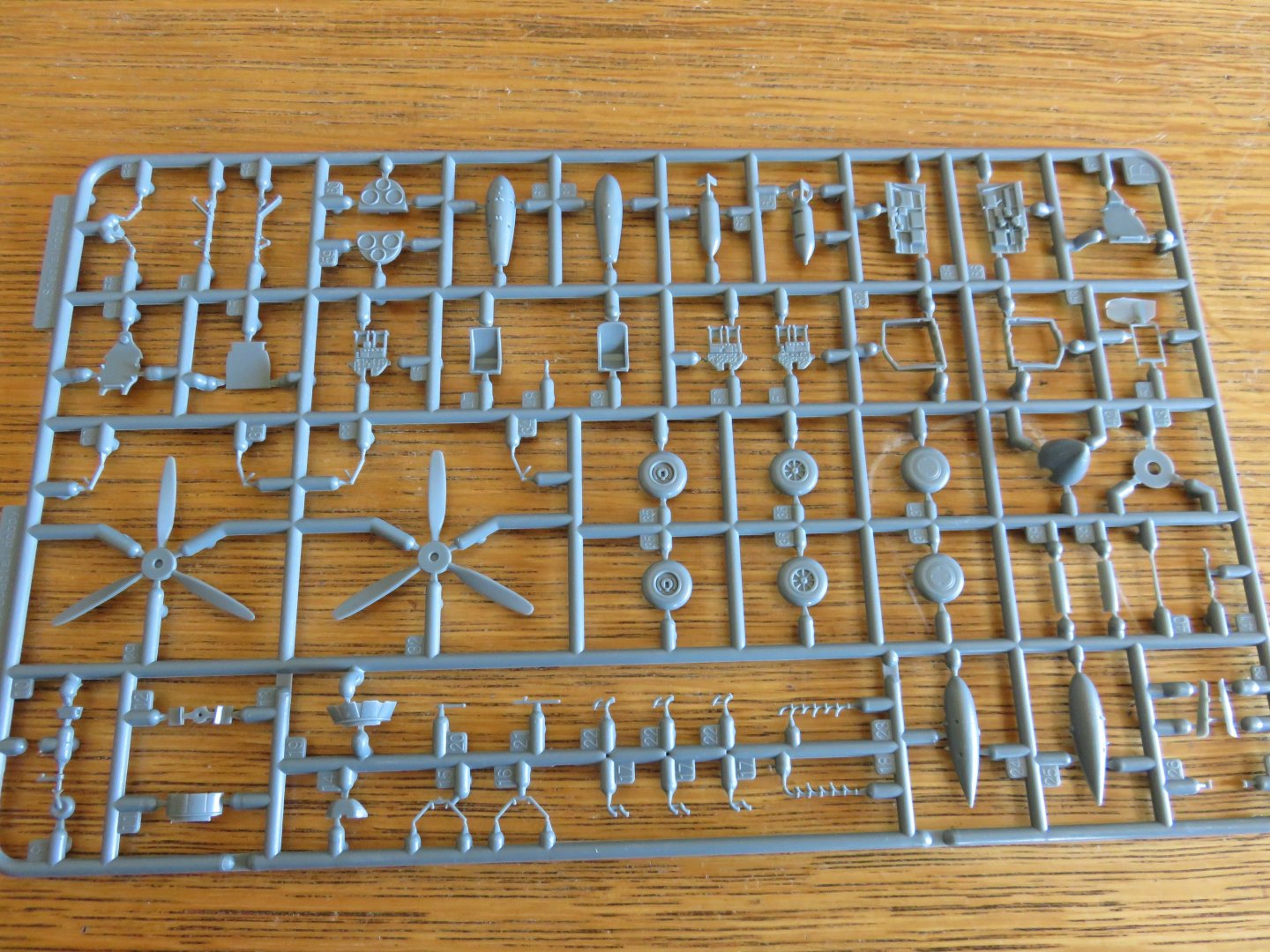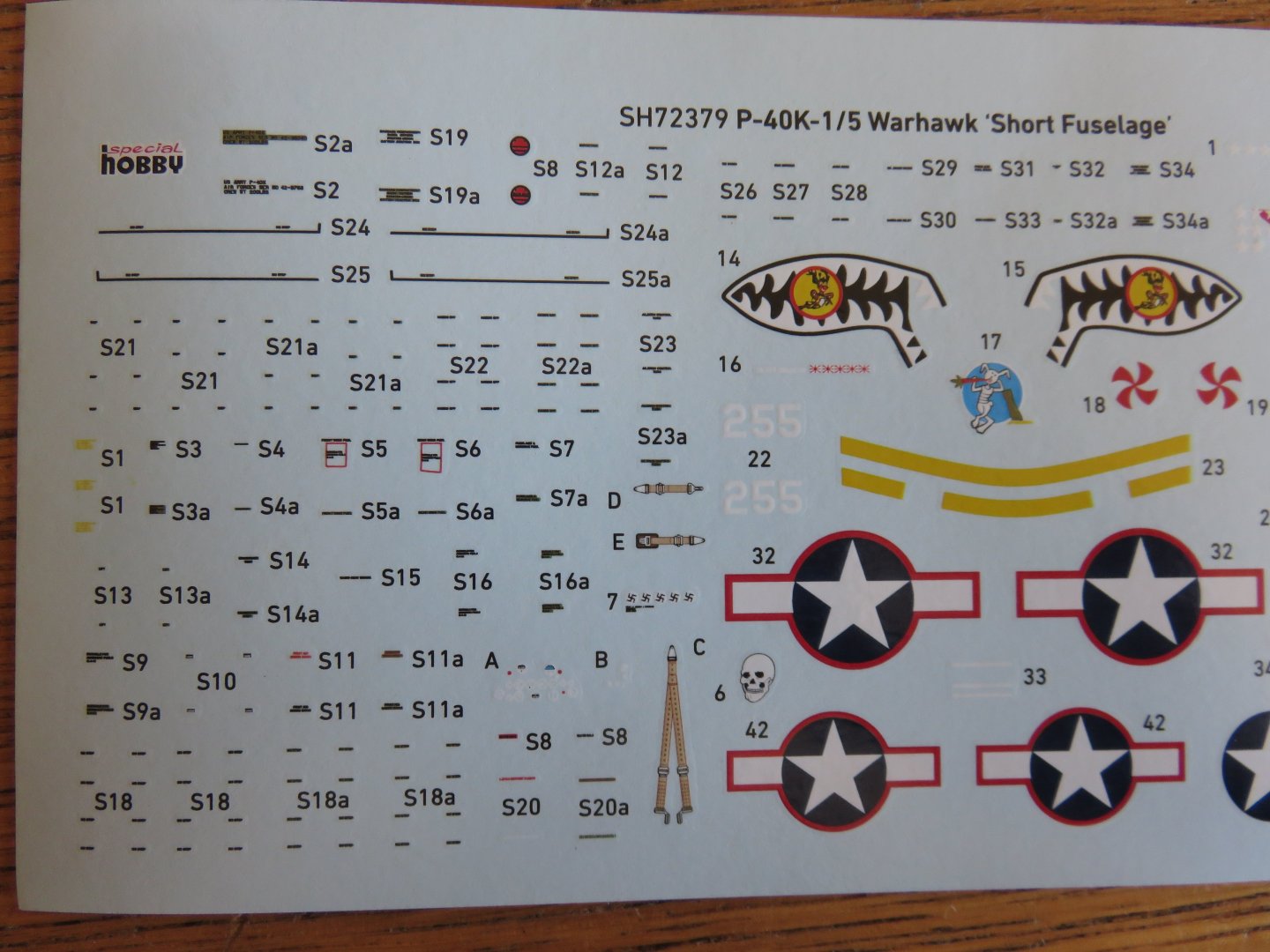-
Posts
3,076 -
Joined
-
Last visited
About realworkingsailor
- Birthday 06/04/1978
Profile Information
-
Gender
Male
-
Location
Next door to the middle of nowhere
Recent Profile Visitors
-
 realworkingsailor reacted to a post in a topic:
AEG G.IV - Creature of the Night by DocRob - Wingnut Wings - 1/32
realworkingsailor reacted to a post in a topic:
AEG G.IV - Creature of the Night by DocRob - Wingnut Wings - 1/32
-
 realworkingsailor reacted to a post in a topic:
B-25J Mitchell by Chadwijm6 - HK Models - 1/32
realworkingsailor reacted to a post in a topic:
B-25J Mitchell by Chadwijm6 - HK Models - 1/32
-
 realworkingsailor reacted to a post in a topic:
HMS Indefatigable 1794 by Blue Ensign - FINISHED - Vanguard Models - 1:64 scale
realworkingsailor reacted to a post in a topic:
HMS Indefatigable 1794 by Blue Ensign - FINISHED - Vanguard Models - 1:64 scale
-
 realworkingsailor reacted to a post in a topic:
Westland Sea King HU.5 by chadwijm6 - FINISHED - Airfix - 1/48
realworkingsailor reacted to a post in a topic:
Westland Sea King HU.5 by chadwijm6 - FINISHED - Airfix - 1/48
-
 realworkingsailor reacted to a post in a topic:
DeHavilland Mosquito FB Mk VI by Danstream - Tamiya - 1/48 scale - PLASTIC
realworkingsailor reacted to a post in a topic:
DeHavilland Mosquito FB Mk VI by Danstream - Tamiya - 1/48 scale - PLASTIC
-
 realworkingsailor reacted to a post in a topic:
Battle of Waterloo Attack on La Haye Sainte Farm 1/56 28mm
realworkingsailor reacted to a post in a topic:
Battle of Waterloo Attack on La Haye Sainte Farm 1/56 28mm
-
 GrandpaPhil reacted to a post in a topic:
Curtiss P-40K Kittyhawk Mk III by realworkingsailor - Special Hobby - 1/72
GrandpaPhil reacted to a post in a topic:
Curtiss P-40K Kittyhawk Mk III by realworkingsailor - Special Hobby - 1/72
-
 GrandpaPhil reacted to a post in a topic:
Hawker Hurricane Mk. I by ccoyle - FINISHED - Halinski - 1/33 - CARD
GrandpaPhil reacted to a post in a topic:
Hawker Hurricane Mk. I by ccoyle - FINISHED - Halinski - 1/33 - CARD
-
 king derelict reacted to a post in a topic:
DeHavilland Mosquito FB Mk VI by Danstream - Tamiya - 1/48 scale - PLASTIC
king derelict reacted to a post in a topic:
DeHavilland Mosquito FB Mk VI by Danstream - Tamiya - 1/48 scale - PLASTIC
-
 Danstream reacted to a post in a topic:
DeHavilland Mosquito FB Mk VI by Danstream - Tamiya - 1/48 scale - PLASTIC
Danstream reacted to a post in a topic:
DeHavilland Mosquito FB Mk VI by Danstream - Tamiya - 1/48 scale - PLASTIC
-
 Old Collingwood reacted to a post in a topic:
DeHavilland Mosquito FB Mk VI by Danstream - Tamiya - 1/48 scale - PLASTIC
Old Collingwood reacted to a post in a topic:
DeHavilland Mosquito FB Mk VI by Danstream - Tamiya - 1/48 scale - PLASTIC
-
 Egilman reacted to a post in a topic:
DeHavilland Mosquito FB Mk VI by Danstream - Tamiya - 1/48 scale - PLASTIC
Egilman reacted to a post in a topic:
DeHavilland Mosquito FB Mk VI by Danstream - Tamiya - 1/48 scale - PLASTIC
-
 Canute reacted to a post in a topic:
DeHavilland Mosquito FB Mk VI by Danstream - Tamiya - 1/48 scale - PLASTIC
Canute reacted to a post in a topic:
DeHavilland Mosquito FB Mk VI by Danstream - Tamiya - 1/48 scale - PLASTIC
-
 Canute reacted to a post in a topic:
Hawker Hurricane Mk. I by ccoyle - FINISHED - Halinski - 1/33 - CARD
Canute reacted to a post in a topic:
Hawker Hurricane Mk. I by ccoyle - FINISHED - Halinski - 1/33 - CARD
-
 Jack12477 reacted to a post in a topic:
DeHavilland Mosquito FB Mk VI by Danstream - Tamiya - 1/48 scale - PLASTIC
Jack12477 reacted to a post in a topic:
DeHavilland Mosquito FB Mk VI by Danstream - Tamiya - 1/48 scale - PLASTIC
-
 realworkingsailor reacted to a post in a topic:
AEG G.IV - Creature of the Night by DocRob - Wingnut Wings - 1/32
realworkingsailor reacted to a post in a topic:
AEG G.IV - Creature of the Night by DocRob - Wingnut Wings - 1/32
-
 realworkingsailor reacted to a post in a topic:
DeHavilland Mosquito FB Mk VI by Danstream - Tamiya - 1/48 scale - PLASTIC
realworkingsailor reacted to a post in a topic:
DeHavilland Mosquito FB Mk VI by Danstream - Tamiya - 1/48 scale - PLASTIC
-
 realworkingsailor reacted to a post in a topic:
Hawker Hurricane Mk. I by ccoyle - FINISHED - Halinski - 1/33 - CARD
realworkingsailor reacted to a post in a topic:
Hawker Hurricane Mk. I by ccoyle - FINISHED - Halinski - 1/33 - CARD
-
Very nicely done BE! Looks great! Andy
- 635 replies
-
- Indefatigable
- Vanguard Models
-
(and 1 more)
Tagged with:
-

kit review 5 Cylinder Radial Engine (TECHING) - EngineDIY
realworkingsailor replied to James H's topic in Non ship-related reviews
I’ve seen a build video on YouTube of this kit. Interesting project! Andy -
I think, too, it’s worth looking briefly at Curtiss’ production order book. Not only did they have the USAAF’s purchase orders to satisfy, but they were sending planes to the French (before mid 1940), the British, including Canadians, Australians, New Zealanders and South Africans, the Russians, and even Brazil got a few as well (among others I may have missed). Delaying production to retool for a new plane could have been disastrous. NAA was not as burdened with orders (sure they were making T6s, but their loss rate was significantly less than a frontline fighter), so they could take the time needed to tool up without risking critical output. Oh, and aside from the P40D, P40L, and some of the early P40Ns, the rest of the latter P40s had six .50 cals too. But yes, the P51 was just that half-generational step ahead of the P40, so a much more worthwhile investment in the long term. Andy
-
When you look at the basic engine specs, the Allison and the Merlin/Packard-Merlin are more or less equal. As you said, the Merlin was better as it had a fully developed two stage/two speed supercharger. While I fully agree that the F and L P40 variants had the best performance, I have to wonder if it was the best performance for that airplane when viewed in the context of the role it found itself. For a good part of the desert campaign, and most of the Italian campaign, the P40 fell into a similar role that the Hawker Typhoon, and P-47 found themselves in NW Europe. Low altitude, close air support, where its ability to carry a reasonable amount of ordnance, and drop it with a reasonable amount of accuracy on ground targets was used to good effect. Which engenders the question, what good is high(er) altitude if you’re not going to need it? When it comes to comparing the P-40 and P-51, I think it really comes down to timing. When the P-51 was introduced, the P-40 was a relatively mature design. Even the later versions had only incremental improvements over earlier variants. The P-51 was only at the beginning stages of development. So its full potential was yet to be realized, and it took full advantage of the new technologies that Curtiss may not have been able to. Andy
-
@Egilman Your insights and knowledge are most welcome! @Dave_E @Canute Welcome! I knew there were P-40 fans around here somewhere! Welcome aboard everyone! I'm glad to see such interest in this build. For the next part, I thought we'd have a quick look at some of the extras I picked up to help with my build. First up are a couple of CMK resin bits to add a little more detail to the cockpit. Starting with the cockpit sidewalls (and control stick): While the kit supplied parts are very good, the resin parts are just that little bit better. The moulded details are crisper and clearer. This is likely due to the inherent limitations of injection moulded styrene. CMK and Special Hobby being the same company, these parts should be a drop in fit, no hacking or sanding needed. The next bit of resin is a replacement seat: In this case it is representative of the seats used in the RAF Kittyhawks. Again, the kit supplies an appropriately shaped seat, but the resin one just features some finely moulded details not found on the basic part. The kit seat lacks the ridges and grooves on the seat sides and back, and the resin seat is just that much thiner and more "metal" like. It also includes the RAF style "Sutton" seatbelt harness moulded in (the kit only has decals for the American style seatbelts) To finish of the cockpit, I've bought a Yahu Models pre-painted PE instrument panel: I've used their instrument panels on my Beaufighter and Typhoon builds last year, and they're a great (and fairly inexpensive) addition to any cockpit. If you couldn't tell by now, I'm planning on displaying my model with the canopy open to show off all this great detail. Hopefully some of it will be seen! Moving on to the outside, I'm not planning on doing any reworking of the exterior details, although it's worth noting, if you have a bit of a masochistic streak, CMK offers a litany of resin detail upgrades. Everything from the armament to the correct type of wheels can be found. Even a detailed engine bay complete with the correct Allison V1710 engine. For my model I picked up a set of decals from DKDecals. This was a pricey set (it cost as much as the SH kit!), but there are over 20 different marking options, and unlike Xtradecal, the set should be good for supplying the markings for more than just one! The decal set includes markings for a wide array of Kittyhawks used by the RAF, RAAF, and SAAF (as noted clearly on the instruction sheet above). Options for most, if not all, the later P40 variants used are covered. It's a long list! In my case, the set includes both squadron code options (GA Q and GA ?) for the plane I wish to build, but doesn't include the correct serial number. From what I understand the GA ? code moved to whatever airplane Billy Drake was flying, and it's possible that FR213 was carrying different code letters at the time of its crash in late 1943. As I have done in the past, I can easily re-create the correct serial number with some blank decal paper and my laser printer, so there's no problem there. I am planning on painting the plane as it would have appeared earlier in '43, in the RAF desert scheme. Getting back to the decals themselves, they appear to be of a very high quality. The registration looks spot on, and the colour separation is sharp and well defined. The decal film looks fairly thin, so with any luck the markings should settle easily onto the surface of the model. My only qualm about the DK set, is they only show the left side of the airplane, along with a smaller view of the upper side to guide decal placement. It would be nice to see both left and right along with another small view of the underside, in order to confirm accurate decal placement (this is particularly important when dealing with nose art, which, for obvious reasons, didn't follow "official" doctrine!). I should also add, they've done a great job with the "shark mouth" decals! If you look closely, each of the five versions differs slightly from the other, so there's no do-overs! Hopefully I don't mess that part up! Finally, the last little extra is a set of masks from SH: Not much to note about the mask set, other than it was slightly cheaper than the Eduard set. So this brings the introduction to its conclusion. I am looking forward to starting this build, although when that time comes depends on the weather, and how productive I am with the outdoor chores! Thanks to everyone who's joining me on this build and thanks for all the kind comments, likes, and insightful information! Andy
-
I think the P-40s reputation took its biggest hit in the immediate postwar era. Looking back now, while it didn’t have the high altitude performance (which only mattered in NW Europe, one theatre out of how many..), it was at least equal to its contemporaries when played to its strengths, and in some cases better. With the A6M2, it was a matter of keeping the speed up. At high speed, the P40 could out turn the Zero due to the structural strength of the P40, but if the pilot let the speed drop, the Zero regained the advantage. Rex’s Hangar did a great pair of videos about the P40. As he puts it, a high speed, low altitude sledgehammer of a plane!
-
And now for part 2! The Kit Armed with the information I uncovered, it was now time to find a kit. I was immediately drawn to the selection of P-40 kits offered by Special Hobby. I had a great experience building their Blackburn Skua a few months ago. That particular kit is definitely not meant for beginners, but it is nonetheless a great kit. For those not familiar, SH has a rather extensive line up of later model P-40s to choose from, most of them are recent toolings. There are options for anyone looking to build a P-40E, D, K, M and N (and their RAF name equivalents), based on a tooling dating to 2017, for the more adventurous there is a P-40 F or L based on a 2008 tooling. Focusing on the 2017 tooling, Special Hobby has designed the kit along a frame of parts that are common to each variant, along with a selection of alternative parts specific to each variant. The subtle differences in fuselage are accounted for by the addition of a small separate frame comprising the proper fuselage for the variant selected. The kit itself is packaged in a rigid top opening box. This is one of the ways this kit is a generational step away from SH’s earlier offerings. You can see the differences clearly when compared to the package that came with the Skua. The lower tray is made of good stiff cardboard, even thicker that some kit boxes from other popular hobby brands. If you’re a stasher, this kit will happily (?) survive at the bottom of your stack. The plastic parts are contained in a single plastic bag, however there is a smaller bag for the clear parts and a tiny bag containing a pair of fragile resin parts to use on one of the kit variations. The clear parts are thin and very clearly moulded with minimal distortion. The canopy frame detail is well defined and for those who wish, they could cut their own masks relatively easily. There are two cockpit canopy options, so is can be posed open or shut, another nice change from their earlier models. The rest of the kit comes as three grey sprues. The two moulded in a darker grey contain the “common” and optional parts. Three separate IPs, two different seats, and two different rear bulkheads, among others. For the most part the moulding is crisp and the moulded details are up to an acceptable standard. There is a small amount of flash here and there, but no other defects such as short shots or mould misalignments. The fuselage halves come on a separate sprue, moulded in more of an “Airfix Grey” plastic and are specific to this variant. In this case, this represents one of the earlier P-40K variants. One of the issues pilots began to encounter was the P-40 could become unstable in a high speed dive. The first attempt to rectify this problem was to add an extended fillet on the leading edge of the vertical stabilizer, where it transitioned to the fuselage. While this helped a bit, it did not solve the problem entirely. A permanent fix was made by extending the fin and rudder aft, resulting in the “long tail” variant (it’s worth noting that only the fin and rudder were moved back, the tail plane stayed put). This modification was carried forward in all subsequent P-40 variants until the end of production. The details on the fuselage, like the rest of the parts are crisp and finely moulded. The panel lines are very finely moulded, with the more prominent screws and fasteners well shown. The cockpit sidewalls are separate pieces, so the moulded interior detail is minimal. Of note, SH is now including locating pins and other moulded tabs and slots to aid in assembly! The kit instructions come in a small booklet. They are printed in partial colour and include a sprue map which clearly shows which parts will not be used for this version. (the sprues also include numbers moulded beside the parts, yet another upgrade). There are paint callouts for Gunze paints, but the colour name is written out to ease choosing paints of a different brand. The instructions are fairly clear, although there is a lot going on with each step. The final pages of the instruction manual include full colour 4 view diagrams for each of the included paint schemes. In this offering there are three American schemes and one Soviet version. The last page comprises another 4 view diagram showing the stencil placement. The included decals are much better than their earlier offerings. I’m not sure who printed them, but they're almost Cartograph quality. I say almost as the stencil writing isn’t really legible where I’ve seen some impressively fine writing on the Cartograph decals included with Airfix’s kits. If you’re not worried about reading the various minute warning labels, that shouldn’t prove to be too much of a problem. The registration is accurate and the colour separation clear. Overall, this looks to be a very impressive offering from Special Hobby. Everything looks to be a significant improvement over their earlier offerings. While not a “shake the box” kit, it should prove to be a nice kit to build, and I am looking forward to the challenge. In the next part, I will go over the extras I have bought to upgrade the kit to build the model I wish. Andy
-
Thanks Chris! Interpreting the war diary has proven to be a much bigger project than I anticipated, but it’s really fascinating. Especially during combat, the entries are very abstract (dates, times and map coordinates), being able to “zoom out” and see the bigger picture, although sometimes complicated to piece together, has definitely provided much needed context. My hope is, when it’s all completed, to get it printed and bound in a hardcover book to share with my entire extended family (well, I will have multiple copies printed so there’s no squabbling 🤪) Andy
About us
Modelshipworld - Advancing Ship Modeling through Research
SSL Secured
Your security is important for us so this Website is SSL-Secured
NRG Mailing Address
Nautical Research Guild
237 South Lincoln Street
Westmont IL, 60559-1917
Model Ship World ® and the MSW logo are Registered Trademarks, and belong to the Nautical Research Guild (United States Patent and Trademark Office: No. 6,929,264 & No. 6,929,274, registered Dec. 20, 2022)
Helpful Links
About the NRG
If you enjoy building ship models that are historically accurate as well as beautiful, then The Nautical Research Guild (NRG) is just right for you.
The Guild is a non-profit educational organization whose mission is to “Advance Ship Modeling Through Research”. We provide support to our members in their efforts to raise the quality of their model ships.
The Nautical Research Guild has published our world-renowned quarterly magazine, The Nautical Research Journal, since 1955. The pages of the Journal are full of articles by accomplished ship modelers who show you how they create those exquisite details on their models, and by maritime historians who show you the correct details to build. The Journal is available in both print and digital editions. Go to the NRG web site (www.thenrg.org) to download a complimentary digital copy of the Journal. The NRG also publishes plan sets, books and compilations of back issues of the Journal and the former Ships in Scale and Model Ship Builder magazines.

